Building an Online Store That Actually Sells: A Complete Beginner’s Guide
Launching an online store sounds exciting — but making it actually sell takes planning, strategy, and the right tools.
Whether you’re selling handmade crafts, digital products, or premium fashion, your e-commerce success depends on smart setup and execution.
Here’s a complete beginner’s guide to help you build an online store that truly converts.
🧩 1. Choose the Right E-Commerce Platform
Your platform is the foundation of your online business. For beginners, popular options include:
- Shopify — beginner-friendly and all-in-one
- WooCommerce — perfect for WordPress users
- BigCommerce — scalable for growing brands
- Wix eCommerce — great for drag-and-drop simplicity
💡 Tip: Choose a platform that balances ease of use, scalability, and SEO support.
🛍️ 2. Find a Profitable Niche
Don’t sell everything — sell what people actually want.
Research product demand using tools like:
- Google Trends
- Ahrefs or Ubersuggest (for keyword insights)
- Amazon Best Sellers
Focus on a niche with moderate competition and strong buyer intent — like sustainable beauty, fitness accessories, or pet supplies.
🏗️ 3. Build a User-Friendly Storefront
Your design influences first impressions. Make it:
- Clean and intuitive — easy navigation and minimal clutter
- Mobile-friendly — over 70% of shoppers buy via phone
- Fast-loading — use image compression and caching plugins
🧠 Pro Tip: Highlight your best products and include trust badges for secure payments.
💳 4. Set Up Secure Payment Options
Offer multiple payment gateways like:
- Credit/Debit Cards
- PayPal or Stripe
- Apple Pay / Google Pay
- Buy Now, Pay Later (BNPL)
The easier it is to pay, the fewer carts you’ll lose.
📦 5. Optimize Product Pages for Conversion
A great product page does more than show pictures — it sells.
Include:
✅ High-quality product images (from multiple angles)
✅ Clear, benefit-focused descriptions
✅ Customer reviews or testimonials
✅ Prominent “Add to Cart” buttons
💡 Bonus: Add urgency (limited stock, countdown timers) to boost conversions.
📈 6. Master SEO and Content Marketing
Search traffic is free traffic — if you optimize correctly.
- Use your focus keyword in product titles, meta tags, and descriptions
- Create blog posts around your niche
- Add internal links to related products
🧭 Example: If you sell skincare, publish articles like “Best Natural Ingredients for Glowing Skin.”
📢 7. Promote Through Multiple Channels
Don’t rely on one source of traffic. Combine:
- Social Media Marketing — Instagram, TikTok, Pinterest
- Email Campaigns — nurture customers with offers
- Paid Ads — test Facebook or Google Ads for conversions
🎯 Smart tip: Start small, analyze, and scale what works best.
🤝 8. Build Trust and Customer Loyalty
Repeat customers are your best asset.
Offer:
- Loyalty points or rewards
- Great customer support
- Transparent policies (shipping, refunds, privacy)
💬 Happy customers talk — and bring friends.
🧠 9. Analyze and Improve
Track key metrics regularly:
- Conversion rate
- Average order value
- Cart abandonment
- Customer lifetime value
Use tools like Google Analytics, Hotjar, or Shopify Analytics to fine-tune performance.
🚀 Conclusion: Your Store, Your Success
Building a profitable online store takes more than products — it’s about strategy, consistency, and trust.
With the right foundation, smart marketing, and a focus on user experience, your e-commerce site can grow from a simple idea into a thriving digital business.
💡 Remember: Start small, learn fast, and always optimize.


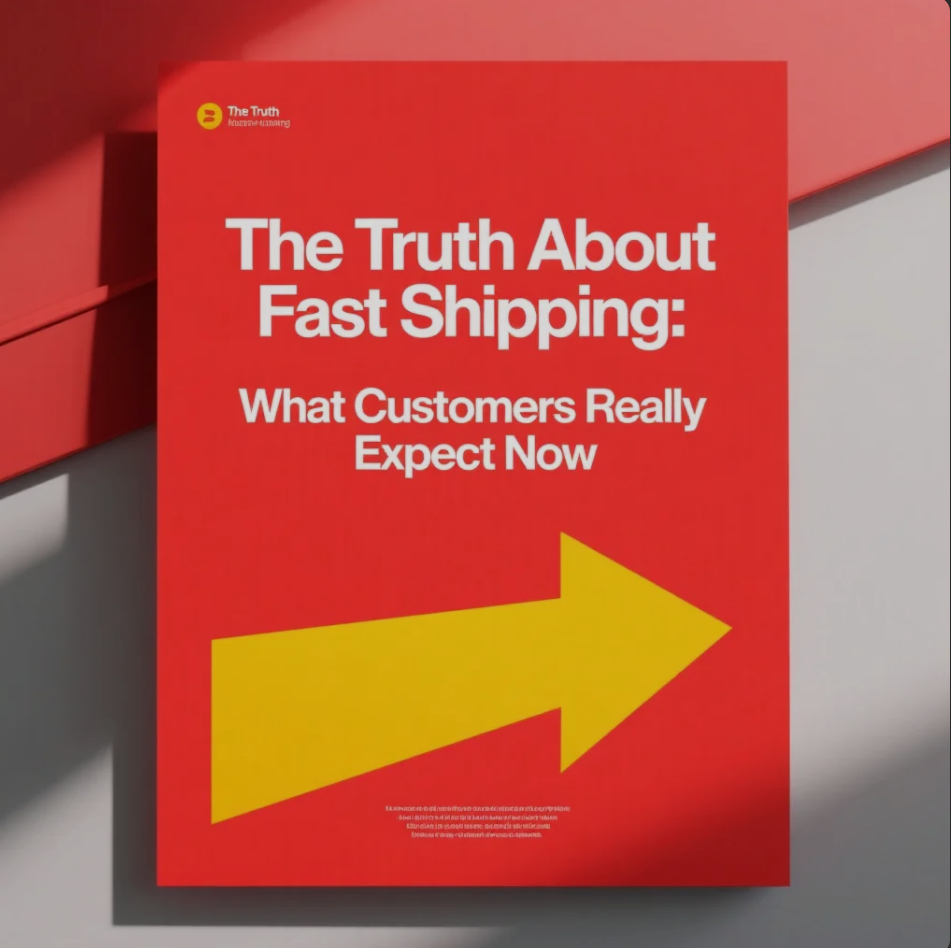
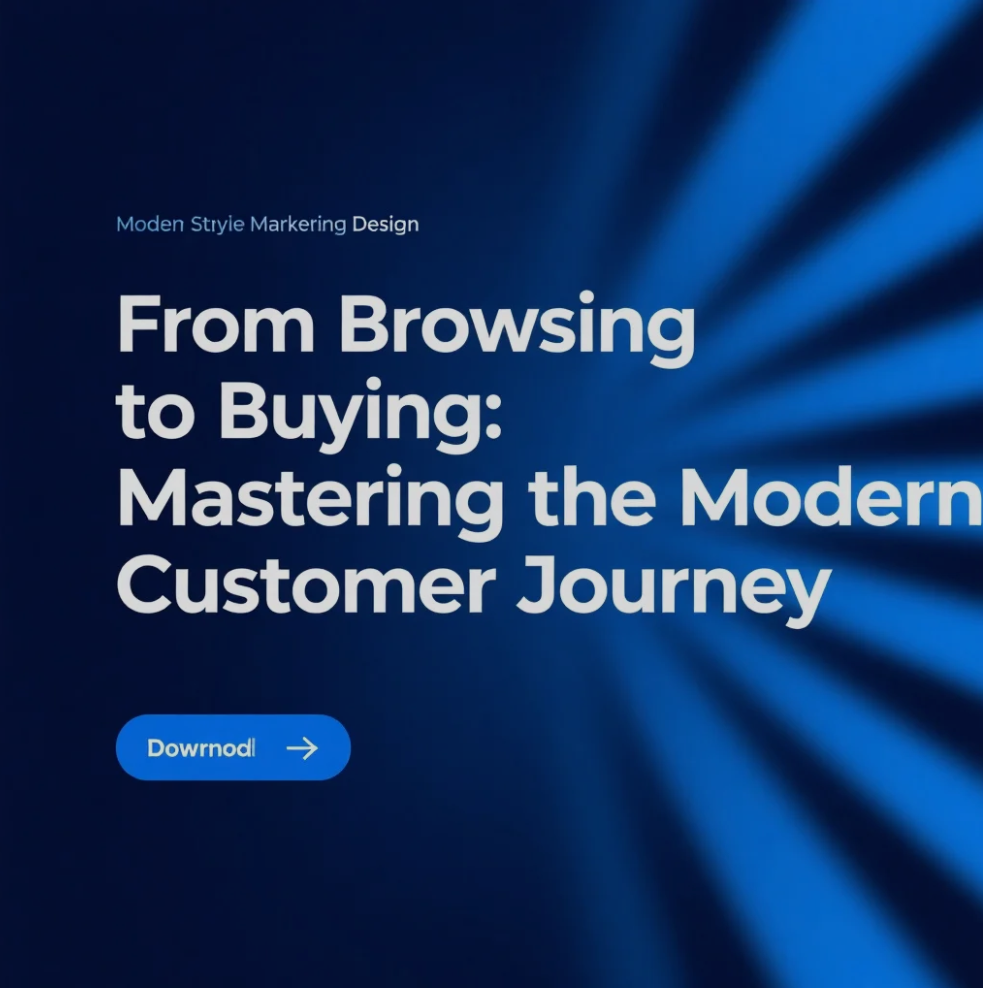

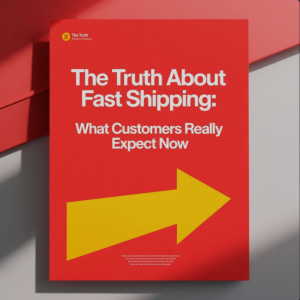
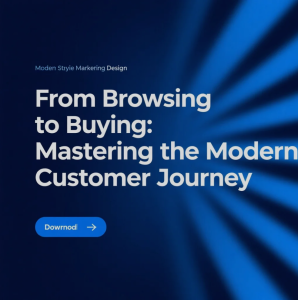


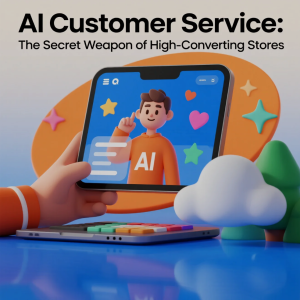
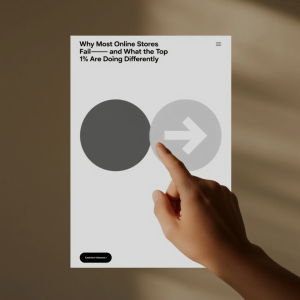
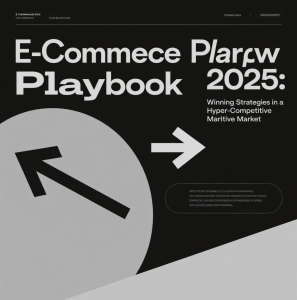
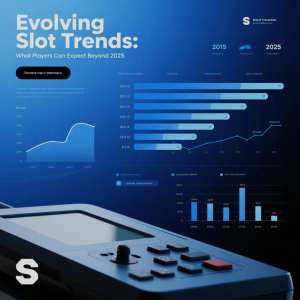

Post Comment